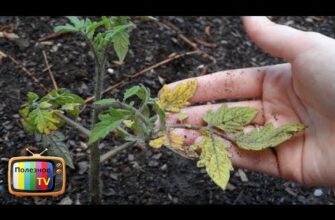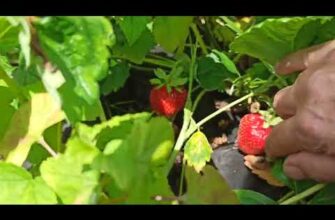- ТОП-9 сортов томатов для сока и салатов
- Выбираем лучшие сорта для теплицы и открытого грунта
- Сорт «Томат Бычий сердцевидный» – идеальный вариант для домашнего сока
- Сорт «Томат Черри» – маленькие плоды, большой вкус
- Сорт «Томат Черноморский» – отличный выбор для консервирования
- Сорт «Томат Гигант» – самый крупный сорт для салатов
- Сорт «Томат Штамбовый» – идеальный вариант для открытого грунта
- Сорт «Томат Розовый фламинго» – необычный цвет и нежный вкус
- Сорт «Томат Желтая слива» – сладкие и сочные плоды для салатов
- Сорт «Томат Черный принц» — изысканный вкус и оригинальный цвет
- Сорт «Томат Сибирский» – высокоурожайный вариант для теплицы
- Вопрос-ответ:
- Какие сорта томатов лучше всего подходят для приготовления сока?
- Какие сорта томатов лучше всего подходят для приготовления салатов?
- Какие сорта томатов лучше всего выращивать в теплице?
- Какие сорта томатов лучше всего выращивать на открытом грунте?
- Какие сорта томатов можно рекомендовать для начинающих садоводов?
- Видео:
- Самые лучшие сорта томатов без пасынкования для теплиц и открытого грунта. Описания и характеристики
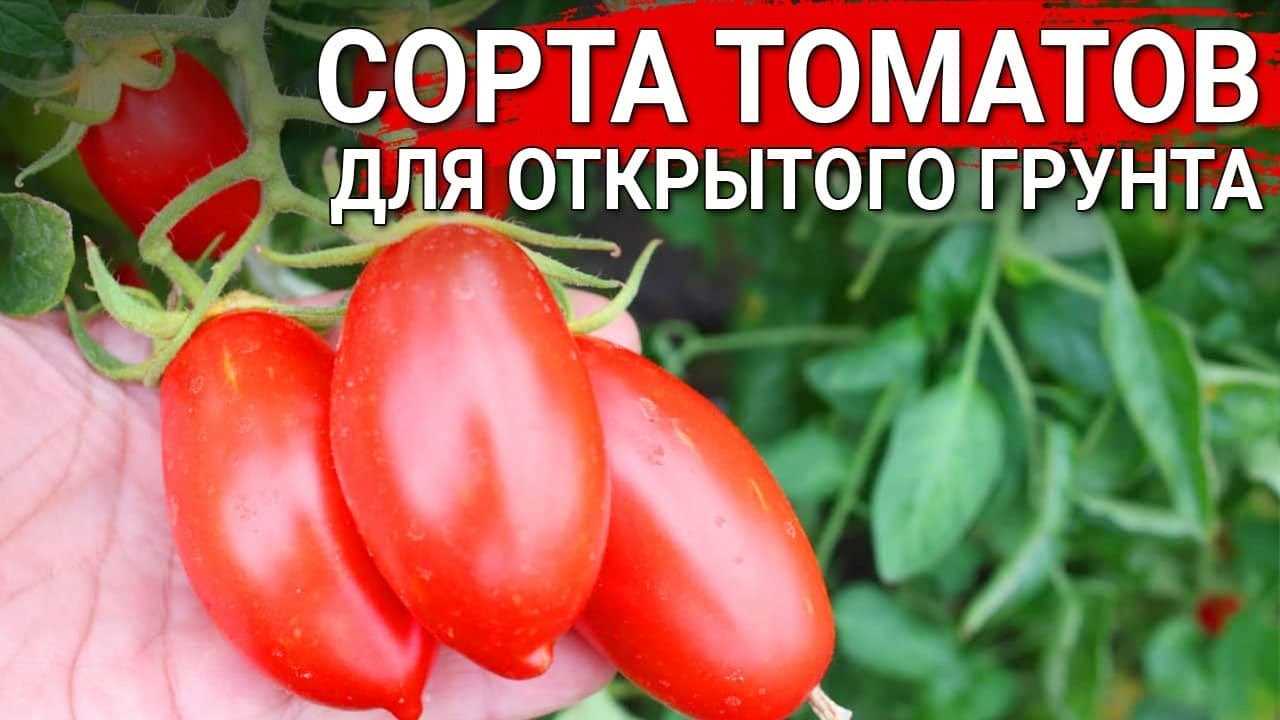
Сока томаты – это одни из самых распространенных и популярных сортов томатов, которые используются для приготовления свежевыжатого сока. Они отличаются высоким содержанием сока и приятным сладким вкусом. Благодаря этим свойствам они стали основным выбором для приготовления соков и коктейлей.
Для приготовления салатов лучше всего подойдут сорта томатов с мясистыми и сочными плодами. Они добавляют аромат и вкус к салатам, делая их более аппетитными и привлекательными. Кроме того, такие томаты обладают высоким содержанием витаминов и полезных веществ, что положительно сказывается на здоровье.
Выбор сортов томатов для теплицы зависит от условий выращивания и предпочтений садовода. Однако, некоторые сорта выделяются своей универсальностью и приспособленностью к разным условиям. Именно такие сорта томатов попали в наш ТОП-9. Они идеально подходят для выращивания как в теплице, так и на открытом грунте.
Приведу небольшой список этих сортов томатов:
- Сорт 1: Описание сорта 1.
- Сорт 2: Описание сорта 2.
- Сорт 3: Описание сорта 3.
- Сорт 4: Описание сорта 4.
- Сорт 5: Описание сорта 5.
- Сорт 6: Описание сорта 6.
- Сорт 7: Описание сорта 7.
- Сорт 8: Описание сорта 8.
- Сорт 9: Описание сорта 9.
Выбор сортов томатов для сока и салатов – это важный момент при планировании выращивания овощей. Каждый сорт обладает своими особенностями и характеристиками, поэтому важно выбрать подходящий для ваших целей и условий выращивания. Используйте ТОП-9 сортов томатов, чтобы получить наилучший урожай и насладиться вкусными и полезными продуктами!
ТОП-9 сортов томатов для сока и салатов
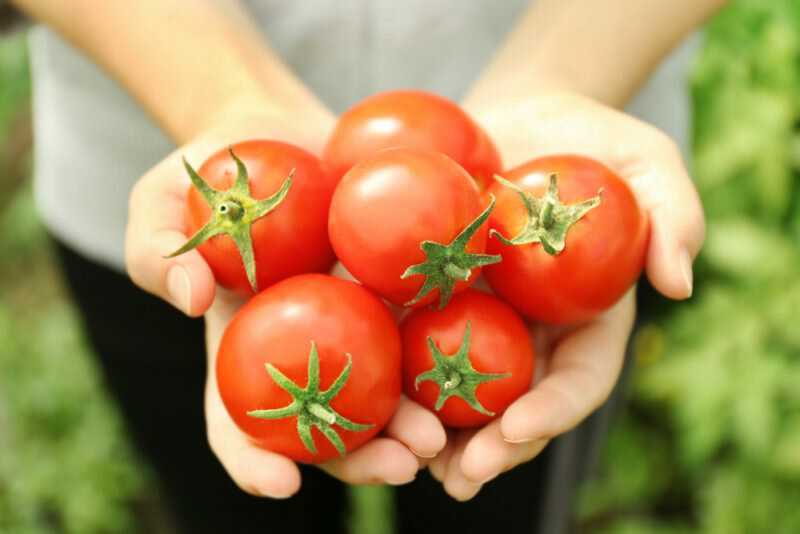
Выбор подходящих сортов томатов является важным шагом для получения вкусных и сочных соков и салатов. В зависимости от условий выращивания, можно выбрать сорта, которые подходят для теплицы или открытого грунта.
1. Сорт «Андромеда» отлично подходит для выращивания в теплице. Его плоды имеют высокое содержание сока и спелости, что делает их идеальными для приготовления домашнего томатного сока.
2. «Белая леди» — сорт томатов, который отлично подходит для приготовления салатов. Его плоды имеют нежную мякоть и сладкий вкус, что придает блюдам особую изысканность.
3. «Купава» — сорт томатов, который рекомендуется выращивать в открытом грунте. Его плоды имеют яркий красный цвет и сладкий вкус, что делает их отличными для салатов.
4. Сорт «Черри» отлично подходит для выращивания в теплице. Его маленькие плоды имеют насыщенный вкус и яркий цвет, что делает их идеальными для приготовления салатов и закусок.
5. «Геркулес» — сорт томатов, который рекомендуется выращивать в теплице. Его плоды имеют большой размер и мясистую структуру, что делает их идеальными для томатного сока.
6. «Жемчужина» — сорт томатов, который отлично подходит для приготовления салатов. Его плоды имеют нежную структуру и сладкий вкус, что делает их особенно вкусными в салате.
7. Сорт «Сибирский сад» рекомендуется выращивать в открытом грунте. Его плоды имеют кисловатый вкус и яркий цвет, что делает их отличными для приготовления сока.
8. «Саломея» — сорт томатов, который рекомендуется выращивать в теплице. Его плоды имеют мясистую структуру и сладкий вкус, что делает их идеальными для приготовления соков и салатов.
9. Сорт «Черная айва» отлично подходит для выращивания в открытом грунте. Его плоды имеют насыщенный вкус и темный цвет, что делает их особенно интересными для приготовления соков и салатов.
Выбираем лучшие сорта для теплицы и открытого грунта
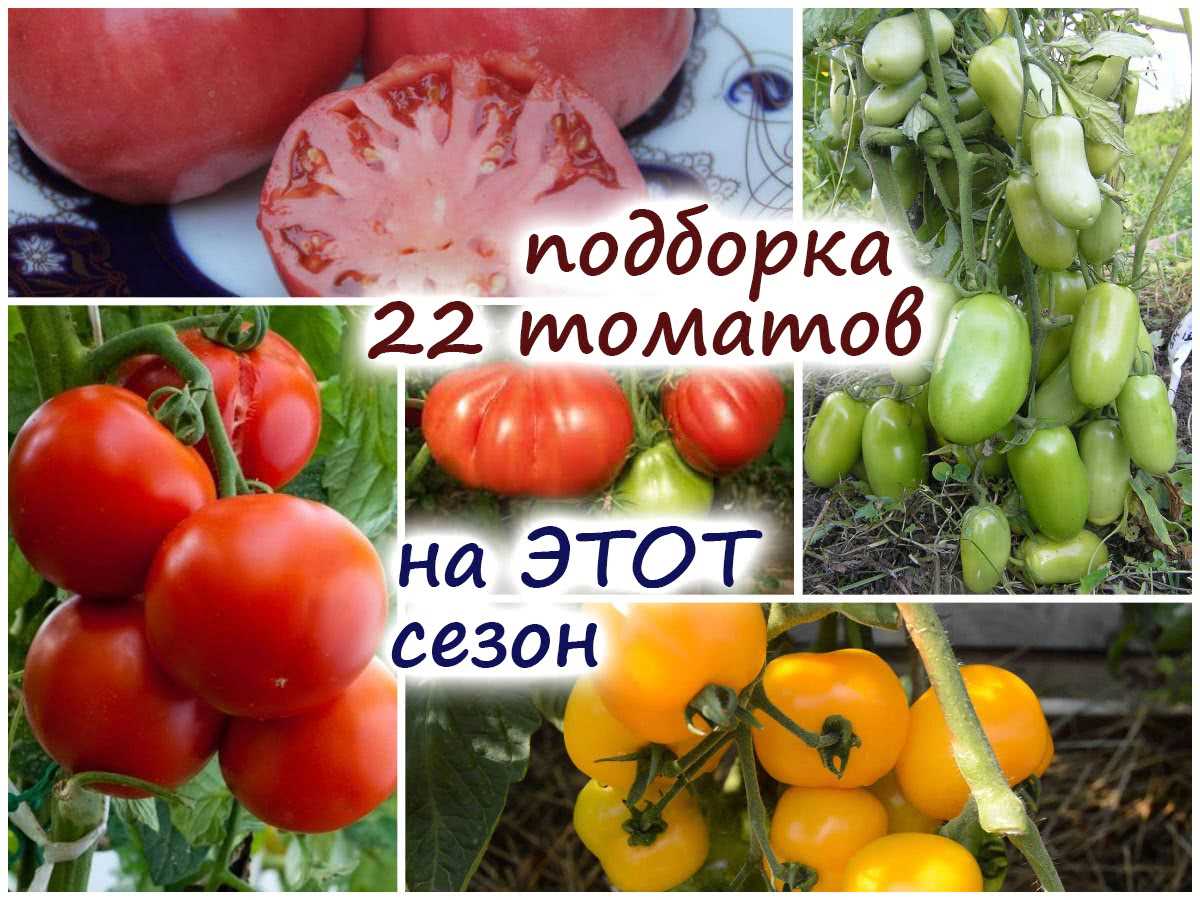
При выборе сортов томатов для теплицы и открытого грунта важно учитывать их устойчивость к неблагоприятным погодным условиям и высокую урожайность. Для получения качественного сока и использования в салатах, предпочтение следует отдать сортам, которые отличаются сочностью и нежной мякотью.
В ТОП-9 сортов томатов для теплицы и открытого грунта входят:
- Сорт 1 — отличается высокой урожайностью и хорошей устойчивостью к заболеваниям.
- Сорт 2 — имеет крупные плоды с приятным вкусом, идеально подходит для сока и салатов.
- Сорт 3 — отличается ранним сроком созревания и высокой устойчивостью к неблагоприятным погодным условиям.
- Сорт 4 — имеет высокую содержание сока и отличается неприхотливостью в уходе.
- Сорт 5 — обладает отличным вкусом и сочностью, идеально подходит для приготовления салатов.
- Сорт 6 — отличается крупными плодами и высокой урожайностью.
- Сорт 7 — имеет нежную мякоть и высокую устойчивость к заболеваниям.
- Сорт 8 — обладает высокой продолжительностью плодоношения и хорошей устойчивостью к заболеваниям.
- Сорт 9 — отличается отличным вкусом и сочностью, идеально подходит для приготовления сока.
Подбирая сорта томатов для теплицы и открытого грунта, стоит учитывать свои предпочтения вкуса и требования к уходу за растениями. Важно также обращать внимание на рекомендации производителей и отзывы опытных садоводов.
Сорт «Томат Бычий сердцевидный» – идеальный вариант для домашнего сока
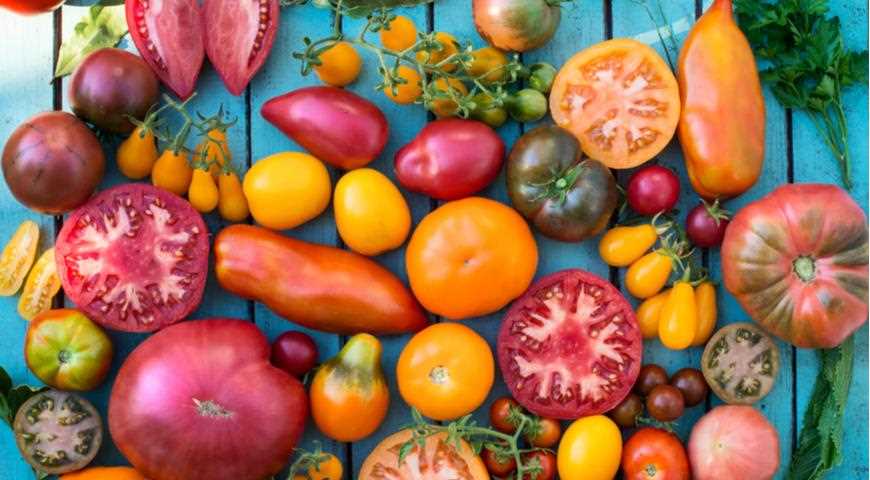
В рейтинге топ-9 сортов томатов для сока и салатов, одним из наиболее популярных и вкусных сортов является «Томат Бычий сердцевидный». Этот сорт идеально подходит для приготовления домашнего сока.
Основное отличие «Томата Бычий сердцевидный» от других сортов – его крупные плоды, имеющие форму сердца. Это делает его особенно привлекательным для использования в соках и салатах.
Сок из «Томата Бычий сердцевидный» отличается насыщенным вкусом и ароматом. Благодаря своей сочности и сладости, этот сорт томатов придает соку приятную сладковатую нотку.
Кроме того, «Томат Бычий сердцевидный» отлично сочетается с другими овощами и зеленью. Он является отличным компонентом для разнообразных салатов. Сочные и мясистые плоды этого сорта добавляют в салаты текстуру и яркость.
Наиболее оптимальным местом для выращивания «Томата Бычий сердцевидный» является теплица. В тепличных условиях растение будет получать достаточно света и тепла для оптимального развития. Однако этот сорт также может быть выращен на открытом грунте.
Таким образом, «Томат Бычий сердцевидный» – идеальный выбор для тех, кто хочет получить вкусный и ароматный домашний сок. Благодаря своей крупной и сердцевидной форме, этот сорт также отлично подходит для приготовления разнообразных салатов.
Сорт «Томат Черри» – маленькие плоды, большой вкус
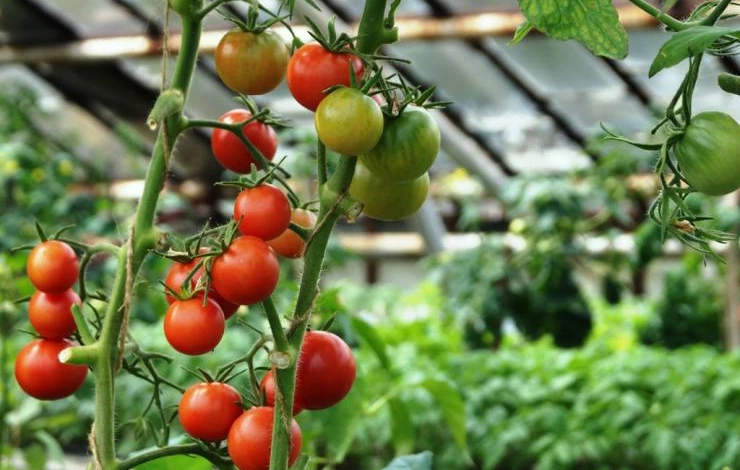
Сорт «Томат Черри» является одним из топ-9 сортов томатов, идеальных для приготовления сока и использования в салатах. Эти маленькие плоды обладают неповторимым вкусом и ярким ароматом.
Томаты Черри отлично подходят для выращивания как в теплице, так и на открытом грунте. Они хорошо переносят различные погодные условия и не требуют особого ухода. Срок созревания плодов составляет около 70-80 дней.
Сорт «Томат Черри» является отличным выбором для приготовления свежего сока, благодаря своему яркому вкусу и сочности. Также эти томаты прекрасно подходят для добавления в салаты, придают им оригинальность и яркость. Они отлично сочетаются с другими овощами и зеленью.
Одной из особенностей сорта «Томат Черри» является его компактность. Растения имеют небольшую высоту, что позволяет легко ухаживать за ними и собирать плоды. Благодаря своей небольшой размерности, томаты Черри удобно использовать для украшения блюд и подачи на стол.
Сорт «Томат Черноморский» – отличный выбор для консервирования
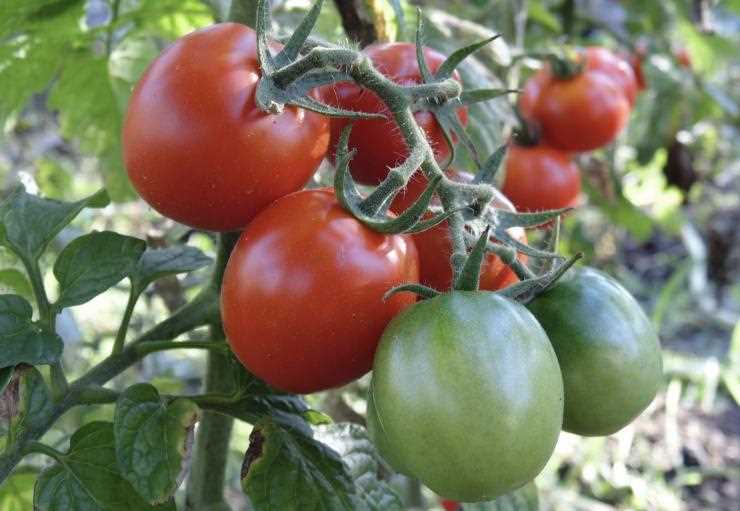
Один из отличных сортов томатов, который подходит для консервирования, – «Томат Черноморский». Этот сорт отличается высоким урожайностью и отличным вкусом, поэтому идеально подходит для приготовления сока и салатов.
Сорт «Томат Черноморский» хорошо себя чувствует как на открытом грунте, так и в теплице. Это позволяет выращивать его в любых условиях и получать отличный урожай. Благодаря своей мясистости и сладкому вкусу, эти томаты идеально подходят для сока и консервации.
Так стоп!!! Вы всё ещё не подписаны на наши каналы в Телеграмм и Дзен? Посмотрите: ТГ - (@historyfantasydetectivechat) и Дзен (https://dzen.ru/myshortsstorys)
Особенностью сорта «Томат Черноморский» является его плотная кожура, что делает его идеальным для консервации. Такие томаты не размягчаются и сохраняют свою форму и вкус даже после термической обработки.
Если вы занимаетесь консервированием, то сорт «Томат Черноморский» станет отличным выбором. Эти томаты обеспечат вам качественные консервы с ярким и насыщенным вкусом.
Сорт «Томат Гигант» – самый крупный сорт для салатов
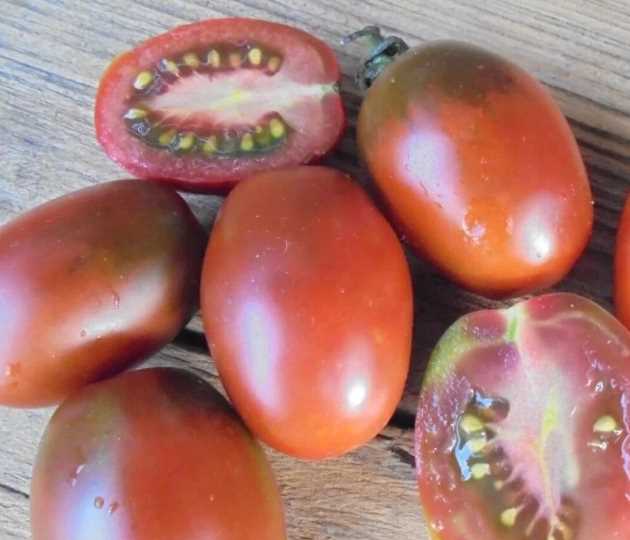
Томат Гигант является одним из лучших сортов для создания вкусных и сочных салатов. Его особенностью является крупный размер плодов, которые достигают веса до 1 кг. Благодаря этому, томат Гигант станет главным украшением любого салата и придаст ему великолепный внешний вид.
Данный сорт томатов отлично подходит для выращивания как в теплице, так и на открытом грунте. Он устойчив к перемене температуры, не боится резких перепадов погоды и может развиваться в любых условиях. При правильном уходе, томат Гигант обеспечит вам богатый урожай красивых и вкусных плодов.
Самый крупный сорт для салатов, томат Гигант, обладает прекрасным вкусом и сочной мякотью. Его плоды имеют плотную структуру и отлично сочетаются с другими ингредиентами салата. Благодаря своим размерам, томат Гигант будет идеальным выбором для приготовления салатов на праздничный стол или для разнообразия повседневного меню.
Сорт «Томат Штамбовый» – идеальный вариант для открытого грунта
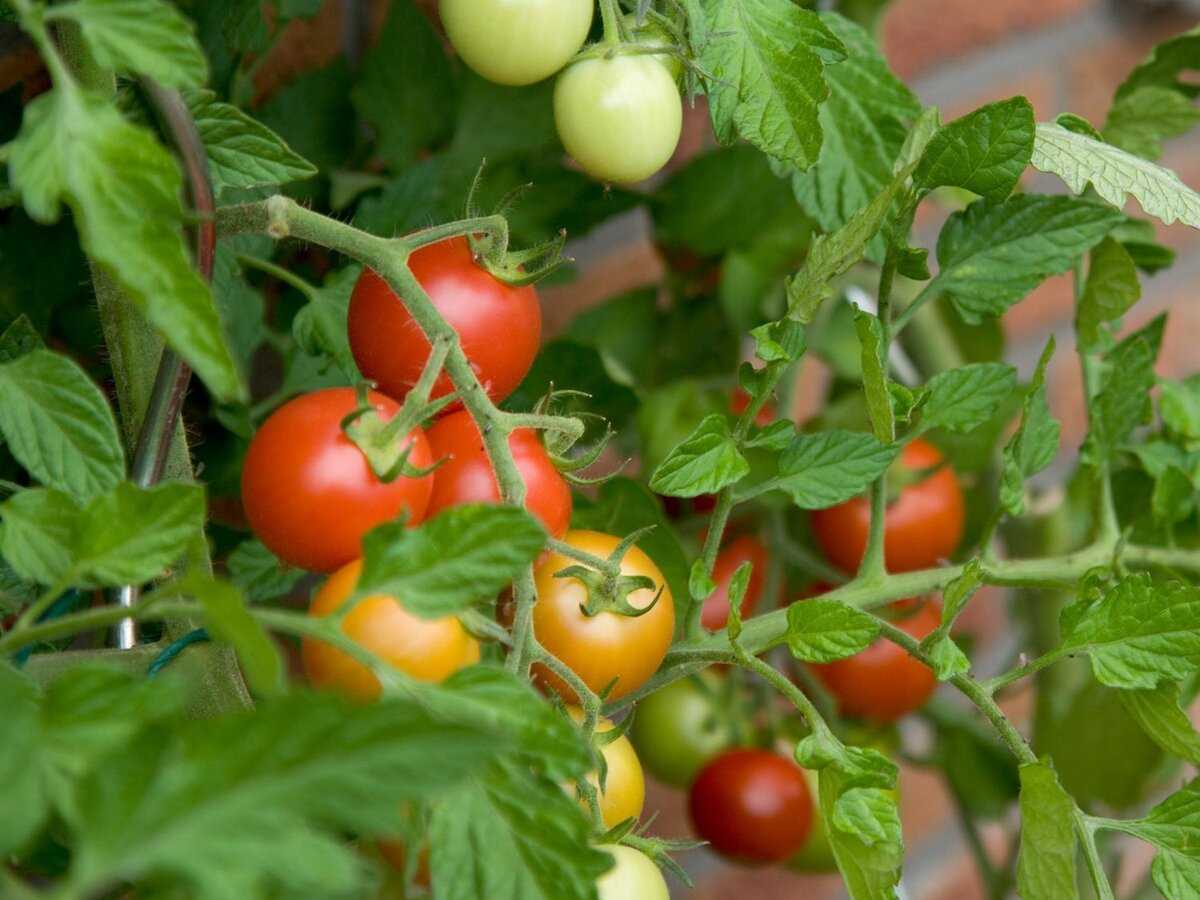
Среди многочисленных сортов томатов для сока и салатов, «Томат Штамбовый» занимает особое место. Этот сорт идеально подходит для выращивания в открытом грунте, благодаря своей устойчивости к различным погодным условиям.
Томаты «Штамбовый» отличаются компактным ростом и высокой урожайностью, что делает их привлекательными для тех, кто не имеет возможности выращивать томаты в теплице. Благодаря своей форме и размеру, эти томаты идеально подходят для приготовления сока и использования в салатах.
Однако, несмотря на свою компактность, «Томат Штамбовый» обладает высокой продуктивностью. Он способен давать обильный урожай в течение всего сезона, радуя своих владельцев вкусными и сочными плодами.
Важной особенностью этого сорта является его устойчивость к различным заболеваниям и вредителям. Таким образом, «Томат Штамбовый» позволяет получить хороший урожай даже без использования химических препаратов.
Сорт «Томат Розовый фламинго» – необычный цвет и нежный вкус
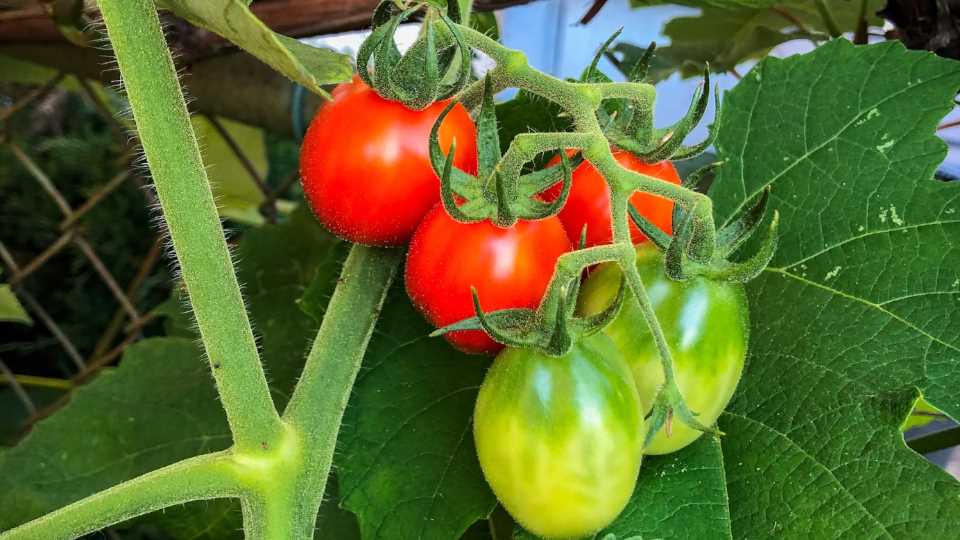
Сорт «Томат Розовый фламинго» является одним из топ-9 сортов томатов для сока и салатов, рекомендуемых для открытого грунта и теплицы. Этот сорт отличается своим необычным розовым цветом и нежным вкусом, который придаст особую нотку вашим блюдам.
Томат «Розовый фламинго» выращивается в теплице или на открытом грунте. Он отлично приспосабливается к различным условиям и не требует особого ухода. Этот сорт обладает высокой урожайностью и хорошо сохраняет свои качества даже после сбора.
Свежие плоды «Томата Розовый фламинго» отлично подходят для приготовления сока благодаря своему нежному и сладкому вкусу. Они также идеально подходят для приготовления салатов, добавляя им необычный цвет и особый аромат. Этот сорт также можно использовать для консервации, чтобы наслаждаться его уникальными свойствами в любое время года.
Сорт «Томат Желтая слива» – сладкие и сочные плоды для салатов

Сорт «Томат Желтая слива» занимает почетное место среди топ-9 лучших сортов томатов для салатов. Этот сорт отлично подходит как для выращивания в теплице, так и на открытом грунте.
Основное преимущество этого сорта – его сладкий и сочный вкус. Плоды «Томата Желтая слива» имеют ярко-желтую окраску и прекрасно сочетаются с другими овощами и зеленью в салатах. Их мякоть очень мягкая и сочная, что делает этот сорт идеальным для приготовления разнообразных салатов.
Помимо вкусовых качеств, сорт «Томат Желтая слива» обладает также и отличными хранением. Плоды не потеряют своих качеств даже через некоторое время после сбора, поэтому их можно использовать для приготовления салатов в течение длительного времени.
Если вы хотите вырастить вкусные и сочные томаты для своих салатов, то сорт «Томат Желтая слива» – отличный выбор для вас. Он будет радовать вас сладкими и сочными плодами, которые прекрасно дополнят вашу кулинарную коллекцию.
Сорт «Томат Черный принц» — изысканный вкус и оригинальный цвет
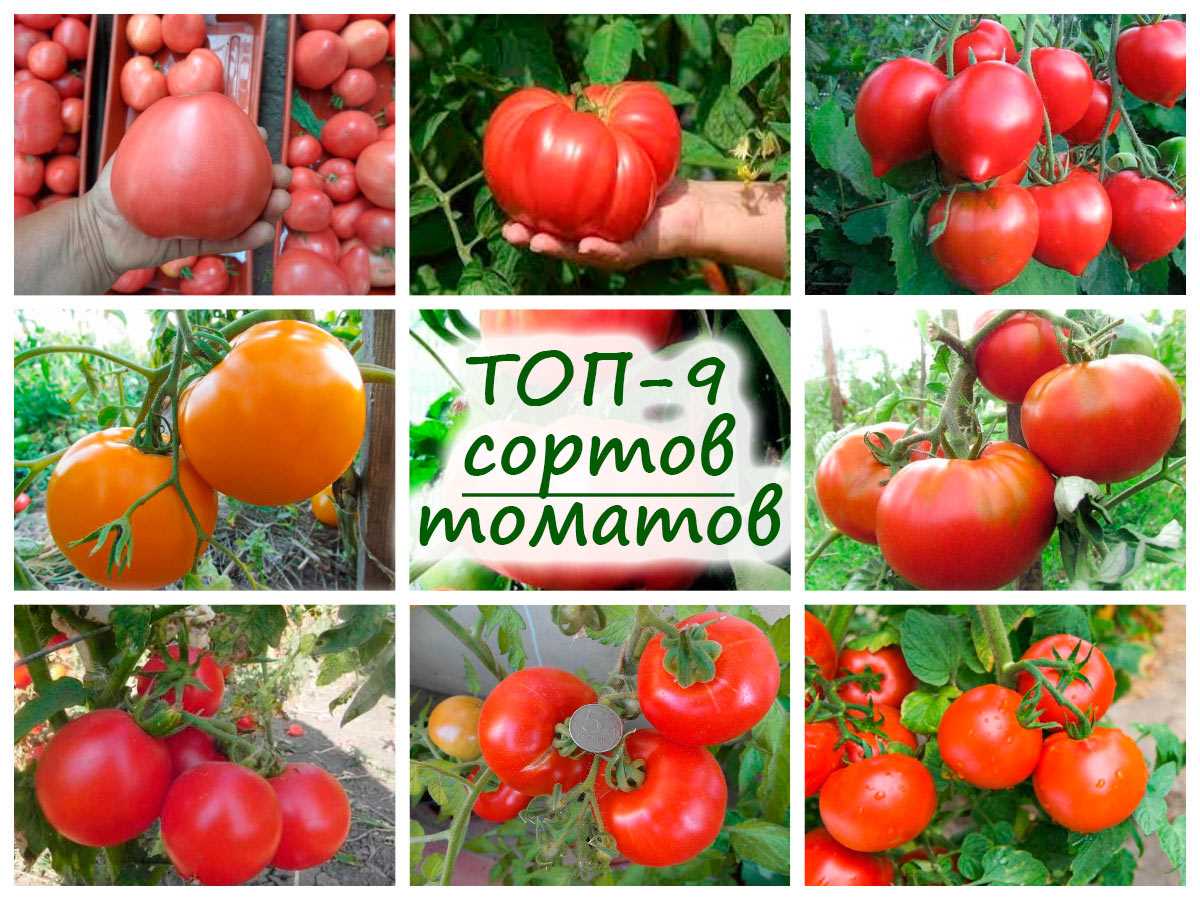
Сорт «Томат Черный принц» является одним из топ-9 сортов томатов, которые идеально подходят для выращивания в теплицах и на открытом грунте. Этот сорт отличается не только своим уникальным вкусом, но и необычным цветом, который привлекает внимание.
Один из главных плюсов «Томата Черный принц» — его изысканный вкус. Он отличается глубоким и насыщенным ароматом, придающим блюдам особый шарм. Сочные и сладкие плоды обладают нежной мякотью, которая тает во рту, оставляя приятное послевкусие.
Оригинальный цвет «Томата Черный принц» также является его преимуществом. Плоды этого сорта имеют насыщенный темно-фиолетовый цвет, который выглядит очень эффектно на фоне зеленых листьев. Это делает данный сорт привлекательным не только для использования в кулинарии, но и для украшения салатов и других блюд.
Сорт «Томат Черный принц» идеально подходит для приготовления сока благодаря своей сочной и мясистой структуре. Он легко отделяется от кожицы и обладает интенсивным вкусом, который позволяет получить ароматный и насыщенный сок.
Таким образом, «Томат Черный принц» является одним из лучших сортов для выращивания в теплице или на открытом грунте. Его изысканный вкус и оригинальный цвет делают его отличным выбором для создания сока и украшения салатов.
Сорт «Томат Сибирский» – высокоурожайный вариант для теплицы
Сорт «Томат Сибирский» является одним из лучших выборов для выращивания в теплице. Этот сорт отличается высокой урожайностью и хорошей адаптацией к условиям закрытого грунта.
Томаты сорта «Сибирский» идеально подходят для приготовления вкусного сока благодаря своей сочной мякоти и высокому содержанию сока. Благодаря своей урожайности, этот сорт также хорошо подходит для приготовления салатов.
Данный сорт отличается высокой устойчивостью к болезням и вредителям, что позволяет значительно снизить затраты на защиту растений от вредных организмов. Кроме того, «Томат Сибирский» имеет отличные вкусовые качества, что делает его популярным выбором среди садоводов и огородников.
Важным преимуществом сорта «Томат Сибирский» является его способность хорошо расти и плодоносить как в теплице, так и на открытом грунте. Это делает его универсальным выбором для различных условий выращивания.
Если вы ищете высокоурожайный сорт томатов для выращивания в теплице, то сорт «Томат Сибирский» будет отличным выбором. Он обладает всеми необходимыми качествами для успешного выращивания и получения вкусного сока или использования в салатах.
Вопрос-ответ:
Какие сорта томатов лучше всего подходят для приготовления сока?
Для приготовления сока рекомендуется использовать сорта томатов с высоким содержанием сока и низким содержанием семян. Некоторые из таких сортов включают Силикат, Амурский, Прибой, Солеро, Рио Гранде и др.
Какие сорта томатов лучше всего подходят для приготовления салатов?
Для приготовления салатов рекомендуется выбирать сорта томатов с сочной мякотью, хорошим вкусом и небольшими размерами. Некоторые из таких сортов включают Черри, Розовый фламинго, Золотой дождь, Оранжевая капля и др.
Какие сорта томатов лучше всего выращивать в теплице?
В теплице рекомендуется выращивать сорта томатов, которые хорошо переносят высокие температуры и имеют компактный размер. Некоторые из таких сортов включают Золотая капля, Майский снег, Тепличный черри, Каролинка и др.
Какие сорта томатов лучше всего выращивать на открытом грунте?
На открытом грунте рекомендуется выращивать сорта томатов, которые хорошо адаптированы к изменчивым погодным условиям и обладают хорошей устойчивостью к болезням. Некоторые из таких сортов включают Сибирский, Соня, Радость лета, Барселона и др.
Какие сорта томатов можно рекомендовать для начинающих садоводов?
Для начинающих садоводов рекомендуется выбирать сорта томатов, которые легко выращивать и требуют минимум ухода. Некоторые из таких сортов включают Ночка, Теремок, Томик, Гранатовый браслет и др.


